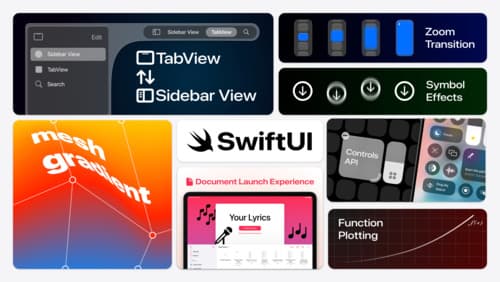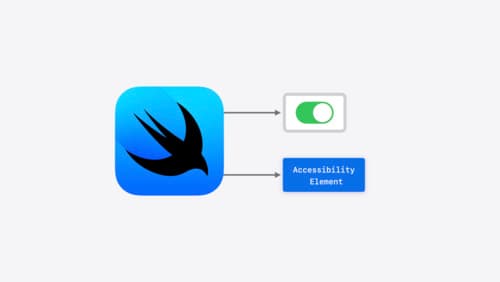What’s new in widget
Asked on 2024-10-03
1 search
In the latest updates presented at WWDC, widgets have received several enhancements, particularly in watchOS 11. Here are some of the key updates:
-
Interactive Widgets: Widgets can now be interactive, allowing users to perform actions directly from the widget without opening the app. This includes the ability to use buttons and toggles within the widget. For example, a home widget can let users lock or unlock their door directly from the widget.
-
Accessory Widget Group: A new view template API called Accessory Widget Group has been introduced. This allows for creating a view in an accessory rectangular widget with up to three different pieces of content, enhancing glanceability and interactivity.
-
Relevant Widgets: Widgets can now specify relevant contexts, such as time of day or location, to appear in the smart stack at the most useful times. This makes widgets more actionable and intelligent.
-
Live Activities: Live activities have been extended to watchOS, allowing iOS-based live activities to automatically show up on Apple Watch. This includes new formats for displaying live times and dates in widgets.
-
Customization: Widgets can be customized with different colors and shapes using view modifiers, and they can deep link to different parts of an app.
For more detailed information, you can refer to the session What’s new in watchOS 11 (02:29) and What’s new in SwiftUI (10:45).

What’s new in SwiftUI
Learn how you can use SwiftUI to build great apps for any Apple platform. Explore a fresh new look and feel for tabs and documents on iPadOS. Improve your window management with new windowing APIs, and gain more control over immersive spaces and volumes in your visionOS apps. We’ll also take you through other exciting refinements that help you make expressive charts, customize and layout text, and so much more.

Platforms State of the Union
Discover the newest advancements on Apple platforms.

Catch up on accessibility in SwiftUI
SwiftUI makes it easy to build amazing experiences that are accessible to everyone. We’ll discover how assistive technologies understand and navigate your app through the rich accessibility elements provided by SwiftUI. We’ll also discuss how you can further customize these experiences by providing more information about your app’s content and interactions by using accessibility modifiers.
